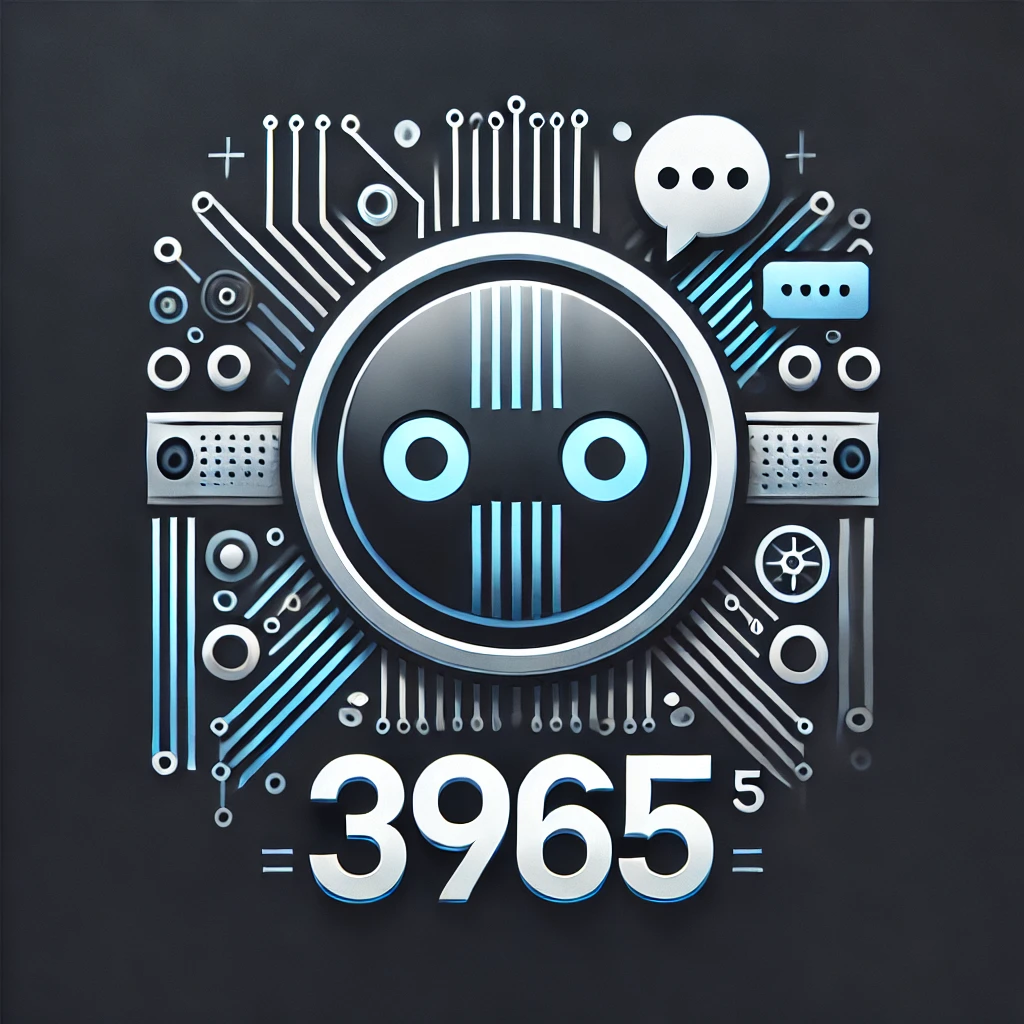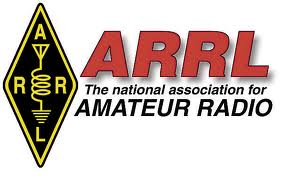Understanding Q-Codes in Amateur Radio: History and Usage
Q-codes are a unique and enduring feature of amateur radio communication, offering a compact and standardized way to exchange essential information. These three-letter codes, all beginning with the letter “Q,” were originally developed for commercial and maritime radiotelegraph operations in the early 20th century. Over time, amateur radio operators adopted Q-codes for both Morse code (CW) and voice communications, and they remain in common use today.
Origins of the Q-Code System
The origins of the Q-code system can be traced back to the early 1900s, during the rise of wireless telegraphy. As radiotelegraph communication expanded—particularly for maritime operations—there was a growing need for standardized shorthand to convey common phrases quickly and clearly. In 1909, the British government published the first official list of Q-codes as part of the “Service Regulations of the International Radiotelegraph Convention.”
These codes were designed for international use, so they transcended language barriers. For example, “QRM” meant “man-made interference” regardless of whether the operator spoke English, French, or German. This was particularly helpful for maritime operators and early aviators, who needed efficient communication with stations around the world.
Adoption by Amateur Radio Operators
After World War I and especially during the 1920s, amateur radio saw significant growth as a hobby and public service tool. Amateur operators, many of whom had military or commercial radio experience, brought Q-codes into their on-air conversations. The compact, standardized codes suited the brief transmissions and quick exchanges often required on noisy bands or during contests.
While Q-codes were originally designed for Morse code, hams quickly adapted them for use in voice transmissions as well. For example, during a voice QSO (conversation), one operator might say, “Do you QSL?”—a shorthand way of asking, “Do you confirm receipt of this transmission?”
Commonly Used Q-Codes
There are dozens of Q-codes, but only a small set is regularly used in amateur radio. Here are some of the most common:
- QTH – What is your location? / My location is…
- QRM – Are you experiencing interference? / I am receiving interference.
- QRN – Are you troubled by static? / I am troubled by static.
- QRP – Shall I decrease power? / Decrease power.
- QRO – Shall I increase power? / Increase power.
- QRZ? – Who is calling me?
- QSL – Can you acknowledge receipt? / I acknowledge receipt.
- QSO – Can you communicate with…? / I can communicate with…
- QSY – Shall I change frequency? / Change frequency to…
- QRT – Shall I stop sending? / Stop sending.
These codes can be used as questions or statements, depending on how they are sent or spoken. This dual function makes them extremely versatile.
Modern Usage in Voice and Digital Modes
Though initially created for CW, Q-codes are now used in voice, digital, and even computer-generated modes like FT8 and PSK31. In digital logging and contesting, Q-codes help streamline messages and reduce transmission times. For example, during a rapid exchange in a contest, saying “QSL 59 QTH Texas” tells the other operator that you received their report, your signal report is 59, and you are located in Texas.
Some operators use Q-codes in casual speech, which is sometimes frowned upon as “over-hamming.” However, in certain cases—especially with international QSOs—Q-codes remain useful for clarity and brevity.
Legacy and Continued Relevance
Despite being over a century old, Q-codes remain a testament to the rich history of radio communication. Their continued use in the amateur radio community highlights the importance of tradition, efficiency, and shared knowledge. While some hams prefer plain language, especially on voice modes, others enjoy the nostalgic and functional value of these historic shorthand codes.
In an age of cell phones and high-speed internet, the fact that operators still send “QRP” to indicate low power—or “QSL via bureau” to confirm a contact—demonstrates the enduring charm and utility of Q-codes.
Whether you’re decoding a CW signal from across the world or just signing off with “73 and QRT,” Q-codes remain a vital part of ham radio culture.








